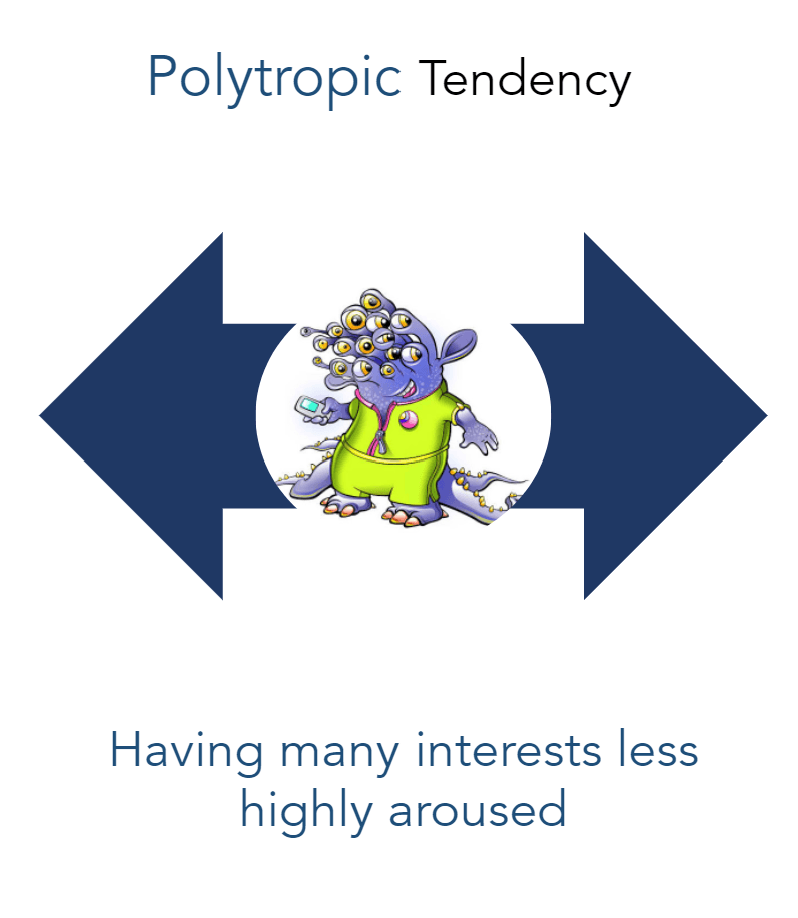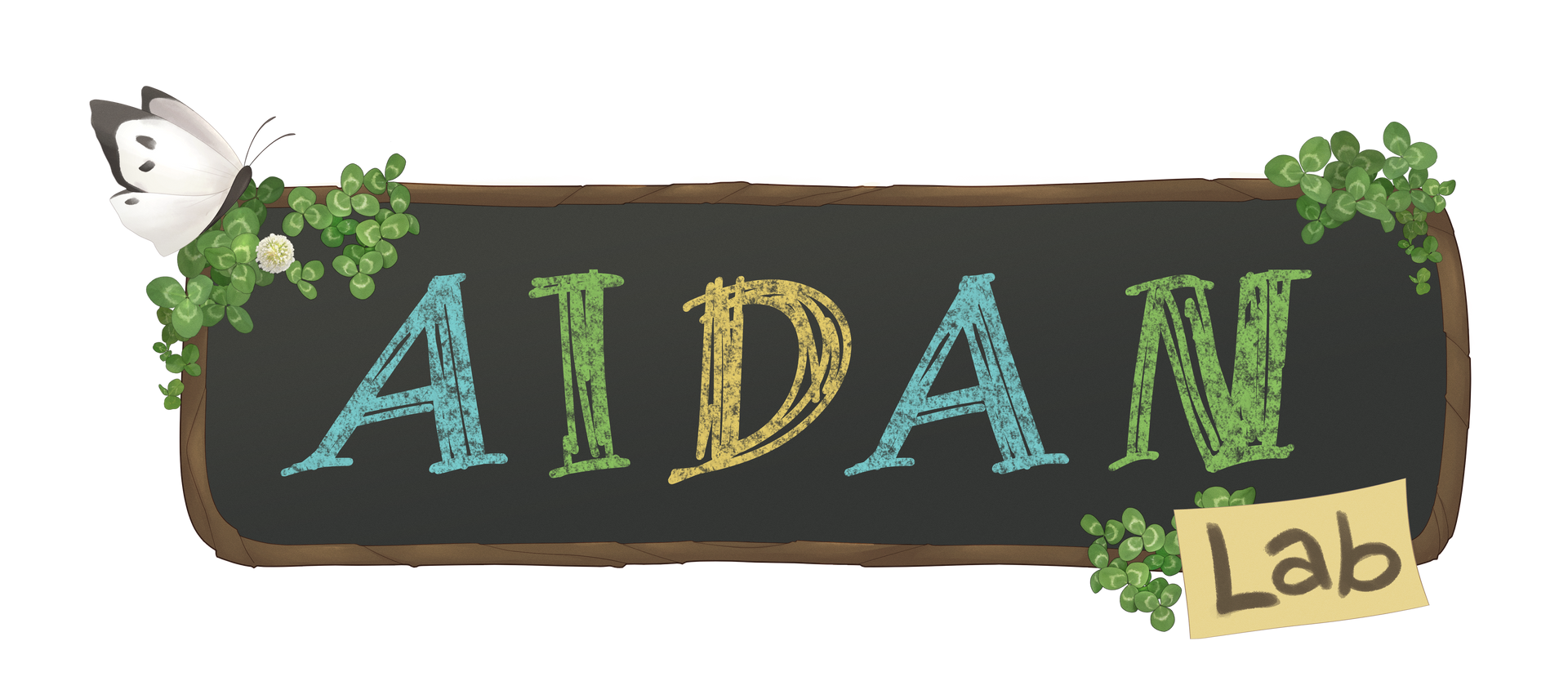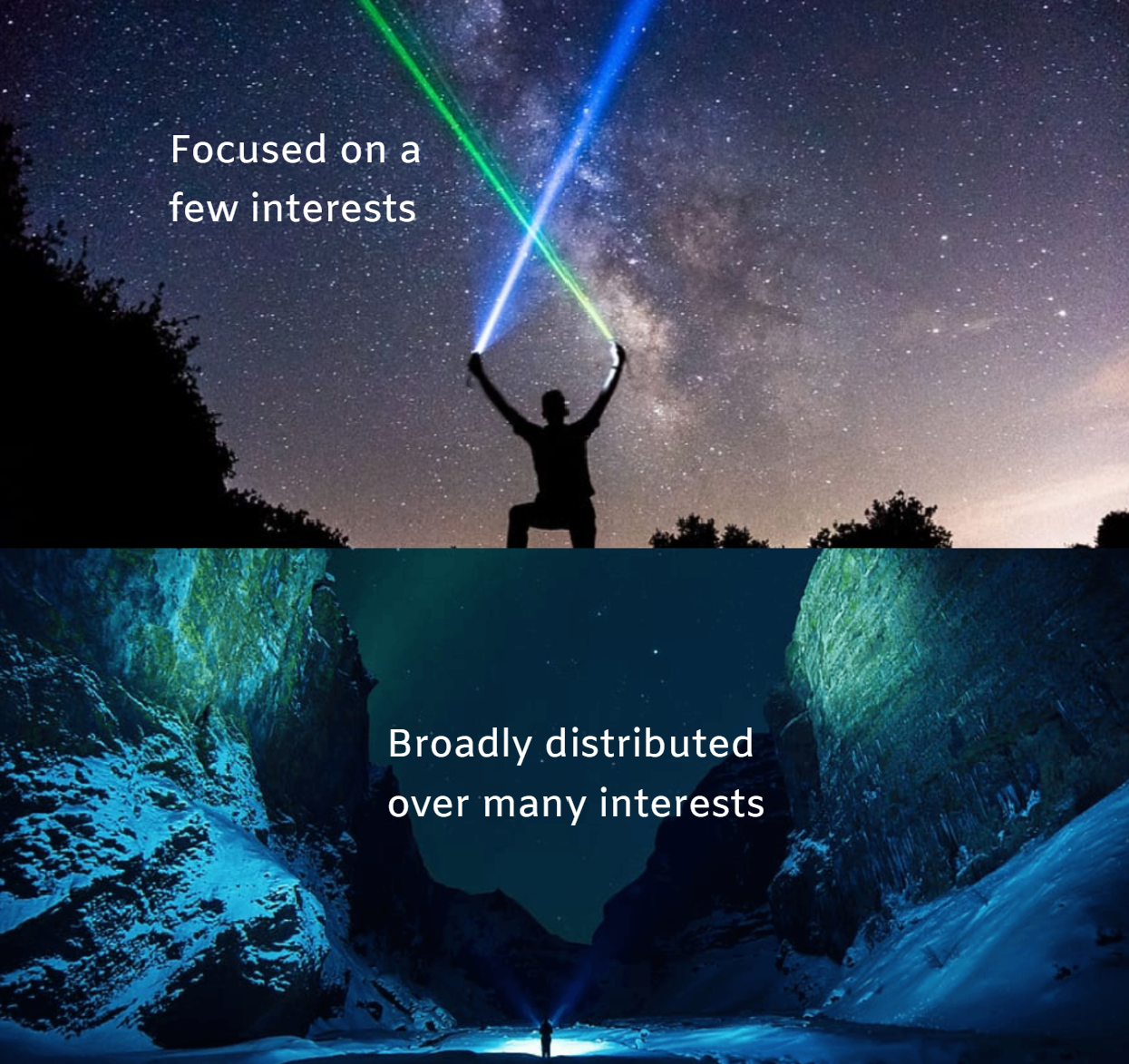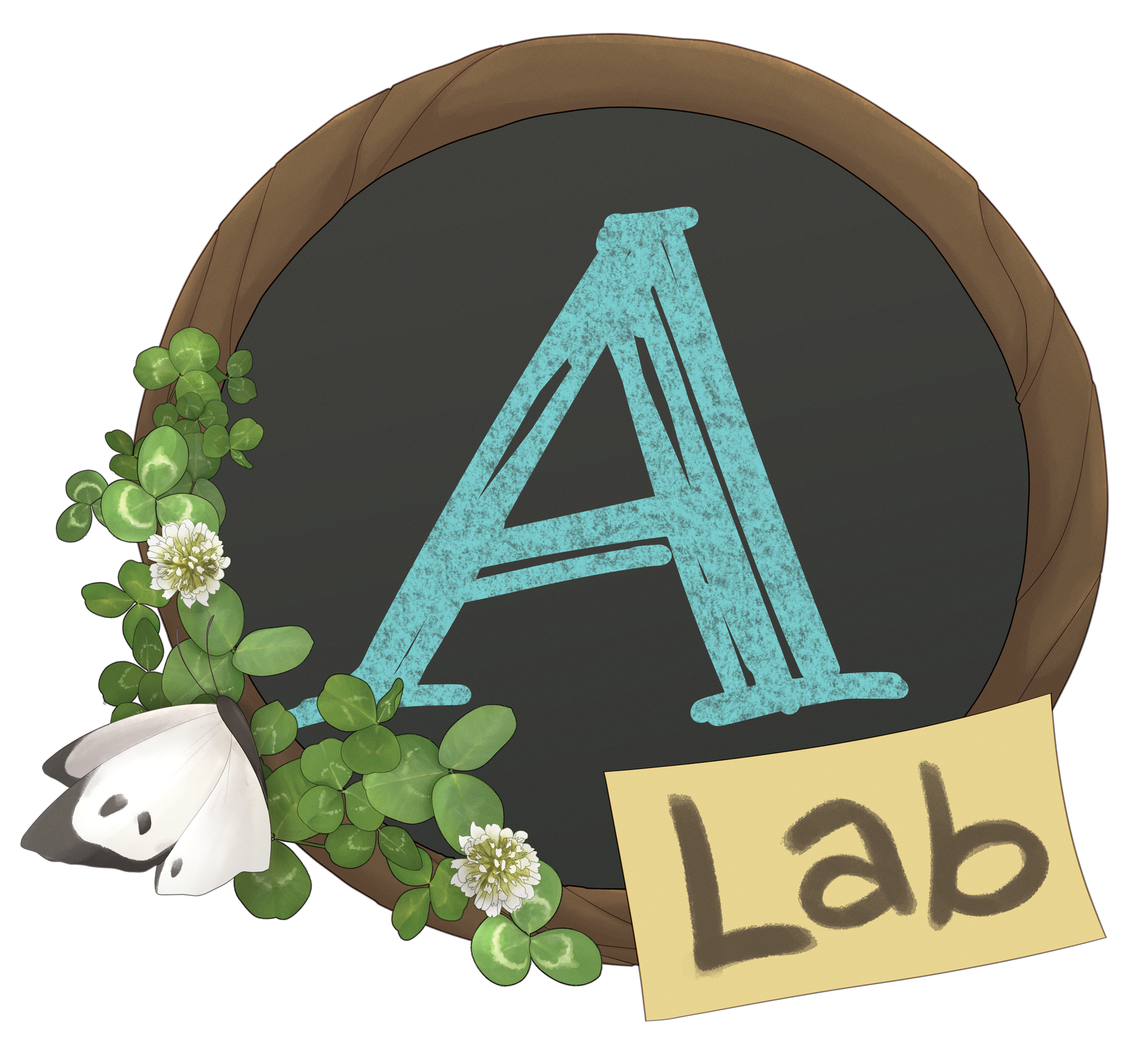What is Autism to us?
Neurodiversity advocates have pushed researchers to look beyond the initial autistic “triad of impairments”. This has resulted in a new understanding of autism by professionals in the field. The more recent understanding of autism is a reduced ability to communicate, having specific interests, and demonstrating repetitive behaviours.
The Autism Spectrum
A comic strip created by Rebecca Burgess (2022) is linked below. This is a great illustration of how we should best understand the concept of the 'autism spectrum'.
Variability
Most autistic people have a "cloudy constellation of uneven skills" (Kapp, 2018, p. S364)
..."some autistics will find some tasks very easy some days and impossible to do at other times; individual profiles tend to be spiky and changeable” (Mery, 2015, p. 56)
Monotropism
...central to the autistic condition
(Murray, Lesser & Lawson, 2005, p. 139)
There is strong evidence that atypical patterns of attention are a central feature of autism (Murray, Lesser & Lawson, 2005, p. 139)
Interests
An 'interest model' of autism highlights the important advantages of the monotropic cognitive style
(Murray 2018; Wood, 2021)

(Murray, Lesser & Lawson, 2005)

Flow State
It is theorized that the
autistic proclivity for intense concentration and focus may make it easier for us to enter into Csikszentmihalyi's (1990)
'flow state'
Intense focus on preferred activities can lead to flow
Research has shown that being in flow promotes a deep sense of well-being for that individual (McDonnell & Milton, 2014; Wood 2021)
Learn More
If you'd like to learn more, then enjoy these three lectures on autism, neurodiversity, and wellbeing from Dr. Heather Brown herself!
In Lecture 1, Dr. Brown delves into a comprehensive exploration of autistic wellbeing. She explores the concept of 'sparks,' which are intense passions that ignite a sense of purpose and joy in individuals on the autism spectrum, and how they produce 'flow,' a state of deep focus where time seems to stand still. She also highlights how these special interests not only provide a sense of satisfaction, but contribute to personal identity and self-esteem.
These unique experiences of autistic individuals are integrated with broader psychological theories. Through this integration, Dr. Brown provides a more nuanced understanding of what wellbeing means for those on the autism spectrum, advocating for a model of wellbeing that is inclusive and appreciative of neurodiversity. The lecture not only sheds light on the positive aspects of autism but also challenges conventional perceptions, encouraging a deeper appreciation of the strengths and contributions of autistic individuals to society.
In Lecture 2, Dr. Brown explores the sensory processing differences between autistic and neurotypical individuals, emphasizing the spectrum that includes both hypo-sensitivity (under-responsiveness) and hyper-sensitivity (over-responsiveness) to stimuli. By exploring real-world examples and current research, Dr. Brown provides a deep dive into how these sensory processing variances manifest in daily life. She presents both the profound impact these sensory differences can have on the wellbeing and daily functioning of autistic individuals, but also the unique perspectives they bring.
Dr. Brown discusses strategies for accommodation and adaptation, aiming to foster a greater understanding among educators, practitioners, and the wider community. This lecture not only highlights the importance of recognizing and supporting the sensory needs of autistic individuals but also advocates for a more inclusive society that values and accommodates neurodiversity.
In Lecture 3, Dr. Brown delves into a series of actionable strategies aimed at supporting autistic students within the educational environment. She begins by advocating for the incorporation of regular exercise and mindfulness practices into students' routines, highlighting their benefits not only for physical health but also for enhancing focus, reducing anxiety, and improving emotional regulation. Furthermore, Dr. Brown expands on the importance of tailored sensory activities designed to meet the unique needs of each student by providing a variety of evidence-based practices to help students maintain an optimal level of engagement in learning activities.
Dr. Brown emphasizes the need for a personalized approach, recognizing the diverse spectrum of autism and the individual differences in sensory processing, interests, and needs. She encourages educators to take a personalized approach, and collaborate with students, parents, and specialists to develop strategies that best support their learning and wellbeing. This lecture serves as a valuable resource for educators seeking to foster a more inclusive, understanding, and accommodating educational landscape for all students.



